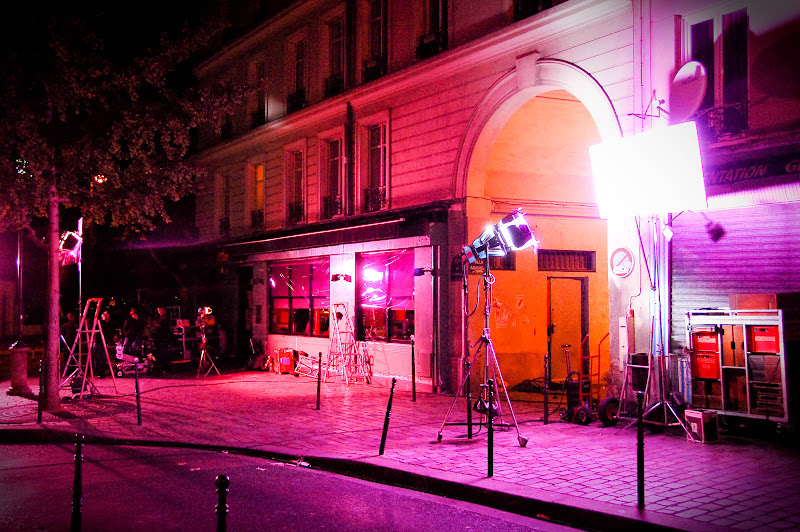Just in case...
...there are any conservatives reading this blog who are in need of convincing, here are Andrew Sullivan's ten reasons for a conservative to vote Obama on November 4th(Sullivan is, of course, himself a British, Thatcherite conservative):
10. A body blow to racial identity politics. An end to the era of Jesse Jackson in black America.
9. Less debt. Yes, Obama will raise taxes on those earning over a quarter of a million. And he will spend on healthcare, Iraq, Afghanistan and the environment. But so will McCain. He plans more spending on health, the environment and won't touch defense of entitlements. And his refusal to touch taxes means an extra $4 trillion in debt over the massive increase presided over by Bush. And the CBO estimates that McCain's plans will add more to the debt over four years than Obama's. Fiscal conservatives have a clear choice.
8. A return to realism and prudence in foreign policy. Obama has consistently cited the foreign policy of George H. W. Bush as his inspiration. McCain's knee-jerk reaction to the Georgian conflict, his commitment to stay in Iraq indefinitely, and his brinksmanship over Iran's nuclear ambitions make him a far riskier choice for conservatives. The choice between Obama and McCain is like the choice between George H.W. Bush's first term and George W.'s.
7. An ability to understand the difference between listening to generals and delegating foreign policy to them.
6. Temperament. Obama has the coolest, calmest demeanor of any president since Eisenhower. Conservatism values that kind of constancy, especially compared with the hot-headed, irrational impulsiveness of McCain.
5. Faith. Obama's fusion of Christianity and reason, his non-fundamentalist faith, is a critical bridge between the new atheism and the new Christianism.
4. A truce in the culture war. Obama takes us past the debilitating boomer warfare that has raged since the 1960s. Nothing has distorted our politics so gravely; nothing has made a rational politics more elusive.
3. Two words: President Palin.
2. Conservative reform. Until conservatism can get a distance from the big-spending, privacy-busting, debt-ridden, crony-laden, fundamentalist, intolerant, incompetent and arrogant faux conservatism of the Bush-Cheney years, it will never regain a coherent message to actually govern this country again. The survival of conservatism requires a temporary eclipse of today's Republicanism. Losing would be the best thing to happen to conservatism since 1964. Back then, conservatives lost in a landslide for the right reasons. Now, Republicans are losing in a landslide for the wrong reasons.
1. The War Against Islamist terror. The strategy deployed by Bush and Cheney has failed. It has failed to destroy al Qaeda, except in a country, Iraq, where their presence was minimal before the US invasion. It has failed to bring any of the terrorists to justice, instead creating the excrescence of Gitmo, torture, secret sites, and the collapse of America's reputation abroad. It has empowered Iran, allowed al Qaeda to regroup in Pakistan, made the next vast generation of Muslims loathe America, and imperiled our alliances. We need smarter leadership of the war: balancing force with diplomacy, hard power with better p.r., deploying strategy rather than mere tactics, and self-confidence rather than a bunker mentality.
Those conservatives who remain convinced, as I do, that Islamist terror remains the greatest threat to the West cannot risk a perpetuation of the failed Manichean worldview of the past eight years, and cannot risk the possibility of McCain making rash decisions in the middle of a potentially catastrophic global conflict. If you are serious about the war on terror and believe it is a war we have to win, the only serious candidate is Barack Obama.



























